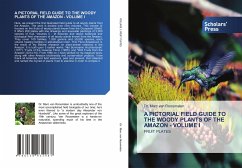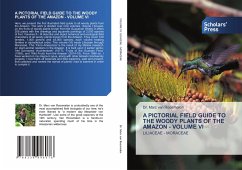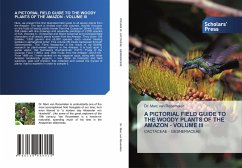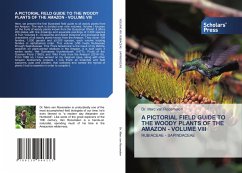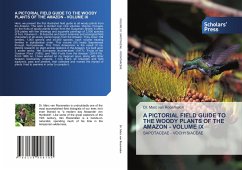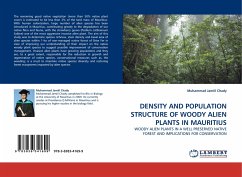
DENSITY AND POPULATION STRUCTURE OF WOODY ALIEN PLANTS IN MAURITIUS
WOODY ALIEN PLANTS IN A WELL PRESERVED NATIVE FOREST AND IMPLICATIONS FOR CONSERVATION
Versandkostenfrei!
Versandfertig in 6-10 Tagen
32,99 €
inkl. MwSt.

PAYBACK Punkte
16 °P sammeln!
The remaining good native vegetation (more than 50% native plant cover) is estimated to be less than 2% of the land mass of Mauritius. With human colonization, large number of alien species has been introduced in Mauritius, contributing greatly to the degradation of our native flora and fauna, with the strawberry guava (Psidium cattleianum Sabine) one of the most aggressive invasive alien plant. The aim of this study was to determine species richness, stem density and basal area of alien species within 1-ha of non-managed native forest of Brise Fer in view of improving our understanding of the...
The remaining good native vegetation (more than 50% native plant cover) is estimated to be less than 2% of the land mass of Mauritius. With human colonization, large number of alien species has been introduced in Mauritius, contributing greatly to the degradation of our native flora and fauna, with the strawberry guava (Psidium cattleianum Sabine) one of the most aggressive invasive alien plant. The aim of this study was to determine species richness, stem density and basal area of alien species within 1-ha of non-managed native forest of Brise Fer in view of improving our understanding of their impact on the native woody plant species to suggest possible improvement of conservation management. Invasive alien plants have growing populations and they are, to a great extent, responsible for the reduction in growth and regeneration of native species, conservational measures such as, the weeding; is a must to maintain native species diversity and restoring forest ecosystems impacted by alien species.




